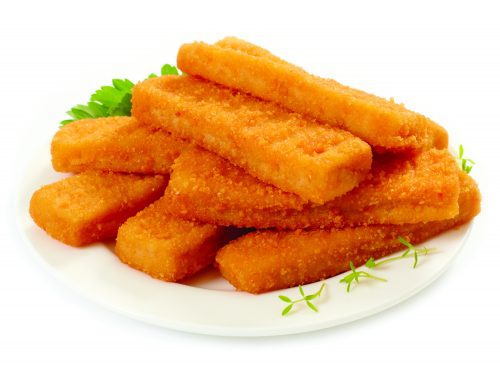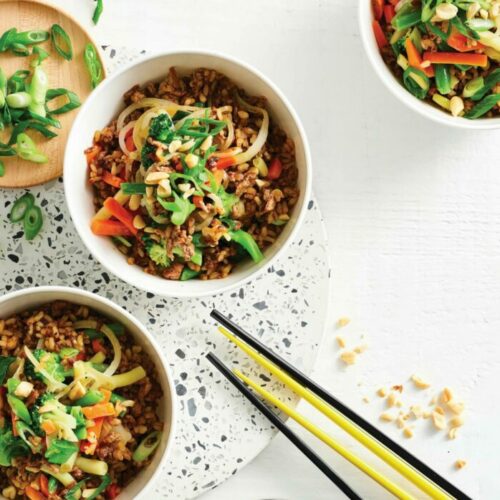
Using frozen seafood is a convenient way to get the recommended two fish meals every week. HFG senior nutritionist Rose Carr takes a look at what’s available in supermarket freezers.
Seafood is a good source of protein, iodine and selenium and while seafood is often very low in fat, the fattier fish are a rich source of long-chain omega-3 fats. Oysters, salmon and sardines are the richest sources of omega-3 fats but other fish also provide useful amounts.
Naked seafood
Fish fillets, squid tubes, squid rings, mussels, scallops, oysters, shrimp and prawns of varying sizes and type, raw or cooked, are all readily available. Some products are simply the seafood filleted, gutted or shelled and snap frozen, while other products may have salt, flavour and colour added. Unless it has a sauce or flavouring highlighted on the pack, you may not realise anything has been added so it pays to check the ingredients list.
A simple healthy choice is ‘naked’ seafood: seafood snap-frozen with nothing added. Be sure to check the sodium, as some have salt added. Note also that smoked fillets are higher in sodium and sometimes very high in sodium. For everyday use, choose products with 350mg sodium per 100g or less, although products with 550mg sodium per 100g or less are fine for most people occasionally.
Crumbed fillets, fish fingers and bites
Pre-crumbed fish and other products are a quick convenient meal base. Some crumbed fillets and fish fingers contain around 60 per cent fish although most have around 50 per cent fish (the rest is coating). We think the healthiest options have at least 50 per cent or more fish or seafood and are lower in added fats, especially saturated fat. Choose products with 10g total fat or less and 1.5g saturated fat or less per 100g.
Fish cakes
Fish cakes have less fish as the cakes contain fish plus potato or other vegetables which are then encased in the outer crumb mix. That’s fine for a fish cake but it is important to know this is not going to give you as many nutrients from the fish. Bird’s Eye Salmon Cakes with Vegetables are only 25 per cent fish with 25 per cent vegetables. The other 50 per cent makes up the outer crumb.
Using frozen seafood
From a food safety point of view, it’s important that once the product has been thawed, don’t refreeze it. However, most frozen crumbed products are cooked from frozen so you don’t need to think ahead. And prawns are quickly thawed by placing in a bowl of cold water then draining in a sieve.
Some products list a range of cooking methods. We don’t recommend deep or shallow frying as these methods unnecessarily add a lot of fat and kilojoules. A healthier way to prepare crumbed products is by oven-baking. Quickly stir-fry products such as prawns or marinara mix.
What is surimi?
Probably best described as a fish substitute, surimi is made with around 40-45 per cent finely minced fish flesh. Other ingredients include water, thickeners, sugar, salt, oil, flavouring, rice wine and humectants that help hold in the moisture.
Surimi contains similar energy (kilojoules), water and fat as fish but it’s much lower in protein and also higher in sodium than fish and most crumbed fish products. We don’t recommend it.
Recipe idea
Try our Squid and prawns with garlic, lemon and parsley recipe.
www.healthyfood.com










